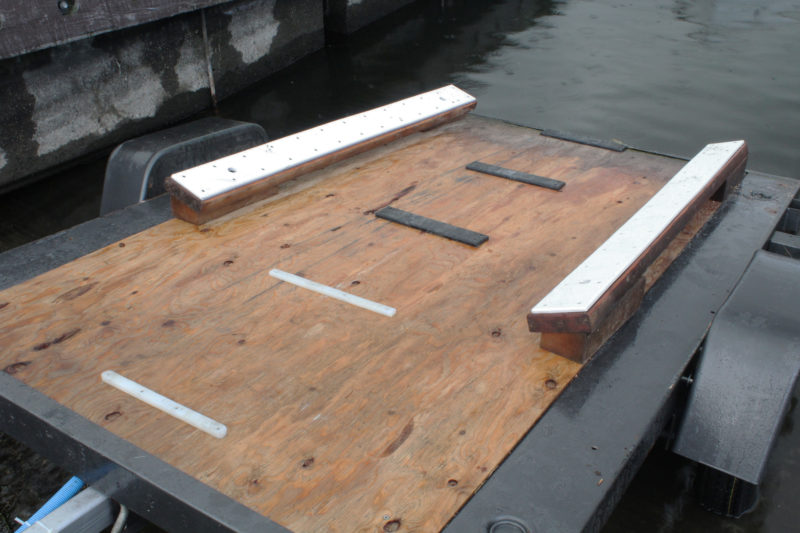 Photographs by the author
Photographs by the authorThe HDPE strips and StarBoard-covered bunks made moving the boat off and back on the trailer much easier than the bare plywood deck and carpet-padded bunks did.
I have four boat trailers, and on all of them the boats drag over bare wood and come to rest on the bunks padded with carpet. Rollers seemed to be the only alternative, and may work for all the motorboats that I see throttling up to power onto their trailers, but they weren’t well suited to any of my boats. I have bearing buddies installed, but I prefer to keep them—and the taillights—out of the water whenever I can, so I like a trailer with a plywood platform that I can safely walk on for pushing a boat out to launch and pulling a bow up out of the water to retrieve a boat. The plywood trailer decks and the carpet-covered bunks create a lot of drag; even when I’m launching the boat and have the slope in my favor, it takes a hard shove.
Carpet gets less boat-friendly with use and age. My boats come out of the water pretty clean, but when I vacuumed the carpet I was going to replace with HDPE, I extracted a lot of grit, which appeared, under magnification, quite fine compared with beach sand,. I suspect it was picked up from roads while driving. And the pile of the carpet padding I’d put on one trailer 10 years ago has become quite stiff and is now more of an abrasive than a cushion. I don’t mind the painted hulls getting a bit scuffed—they’re meant for the rigors of cruising—but I don’t want my Whitehall’s varnished Port Orford planks to prematurely lose their shine.
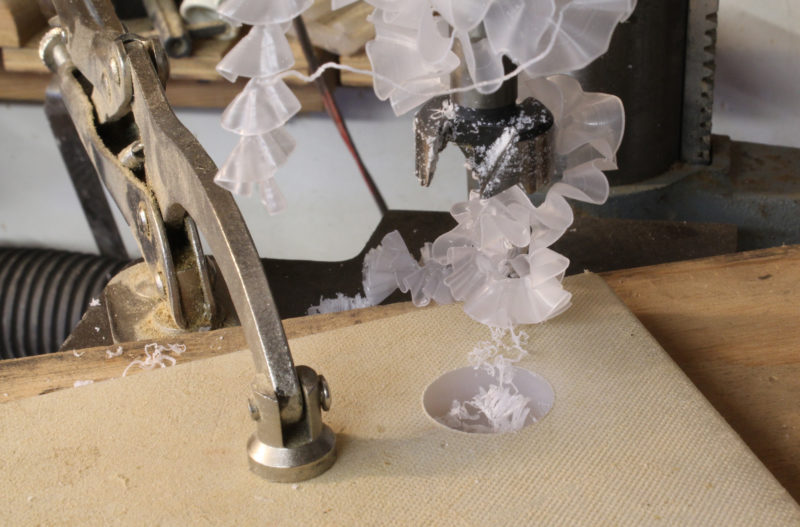
High-density polyethylene is as easy to work as softwood. This 1″ Forstner bit cut right through the 1/2″-thick panel.
A few years ago, I had added some small pieces of high-density polyethylene (HDPE) across the centerline of one of the trailers plywood decks to reduce the friction of bare wood. I was pleased with how much easier it made launching and retrieving my 14′ Whitehall, so when I modified that trailer with a longer tongue for my 19’ Caledonia yawl, I decided to replace the carpet-padding on the bunks with StarBoard by King Plastics, a slippery marine-grade HDPE. I bought 3/8″ StarBoard for the two bunks, stiff enough to keep its shape and thick enough to accommodate countersinks for screws. The material is easily worked with common shop tools. I quickly rounded the corners with a router and drilled holes with Fuller bits and Forstner bits. I used galvanized screws to secure the StarBoard to the 2×6 bunks. The HDPE was more than solid enough to keep the screw heads from pushing past the countersinks.
The difference the HDPE makes at the ramp is dramatic. When the yawl was resting on carpet and plywood, I had to put my shoulder into the bow to push the boat into the water, and that was with the slope of the ramp in my favor. Now even standing upright with just my hands on the boat I can push it back, even when the trailer is on level ground. The reduced friction means I have to be prepared for the boat to pick up its own momentum when it’s being launched at the ramp. When it’s steep, I can loop the painter around the winch post to check the boat’s speed. Bringing the boat back aboard the trailer takes much less work than before. The winch no longer takes two hands on the crank to bring the boat up the last several feet.
With the reduced friction, having the boat well secured on the trailer is all the more important. An extra tie-down strap or two can keep the boat in place, and a preventer chain made to the bow eye is a worthwhile backup to the winch connection.
Where I’ve installed HDPE, and the especially slippery StarBoard in particular, I’ve greatly decreased the strain on the boat, the winch, and my back when I’m at the launch ramp. I have two boats that are too big and heavy to take off their trailers while they’re at home, but installing HDPE is simple enough that I can cut, router, and drill the pieces at home and then install them at the ramp while my son motors to one of the waterside restaurants to pick up lunch for the two of us.![]()
Christopher Cunningham is the editor of Small Boats Magazine.
The author is grateful for the recommendation to try StarBoard, which came through Kent and Audrey Lewis from Steve Baum, who had made the same switch on his trailer.
Starboard is available from a number of retailers. Search online for “Starboard HDPE.” For the bunks shown here. I bought two 3/8″ x 5″ x 60″ pieces for $50 at the Seattle TAPS Plastics store.
You can share your tips and tricks of the trade with other Small Boats Magazine readers by sending us an email.
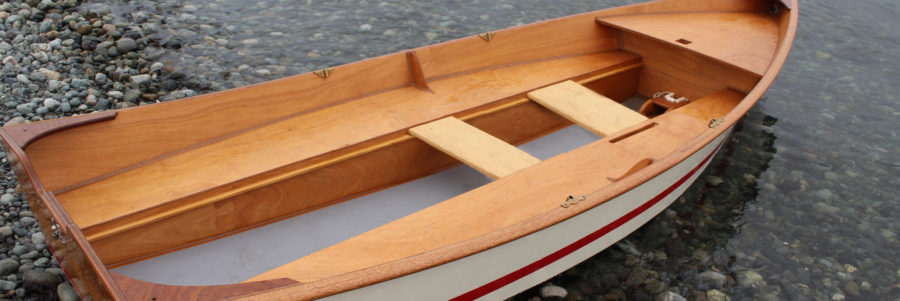
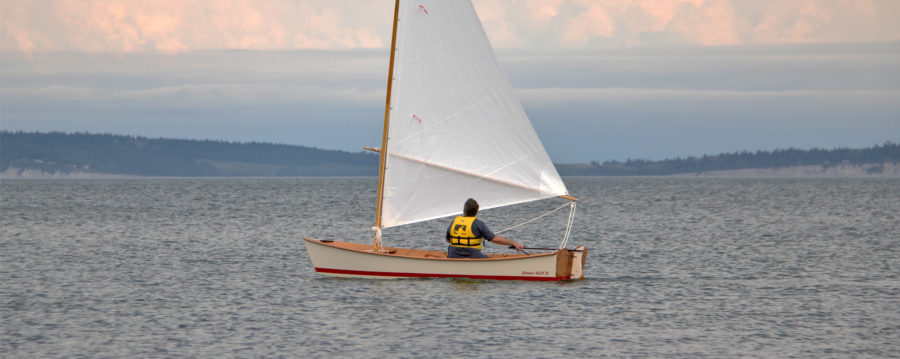
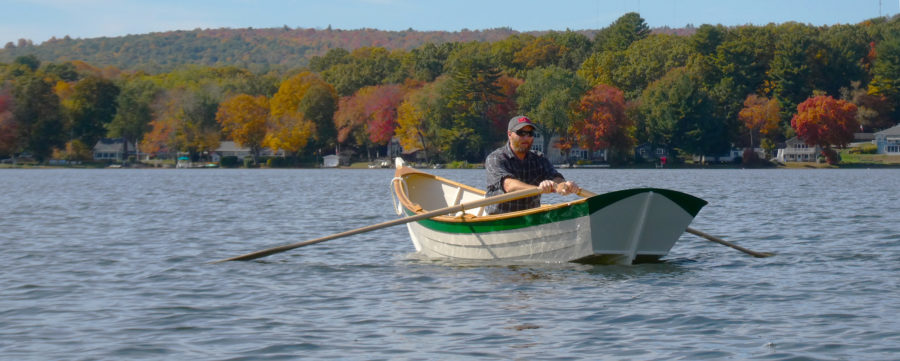

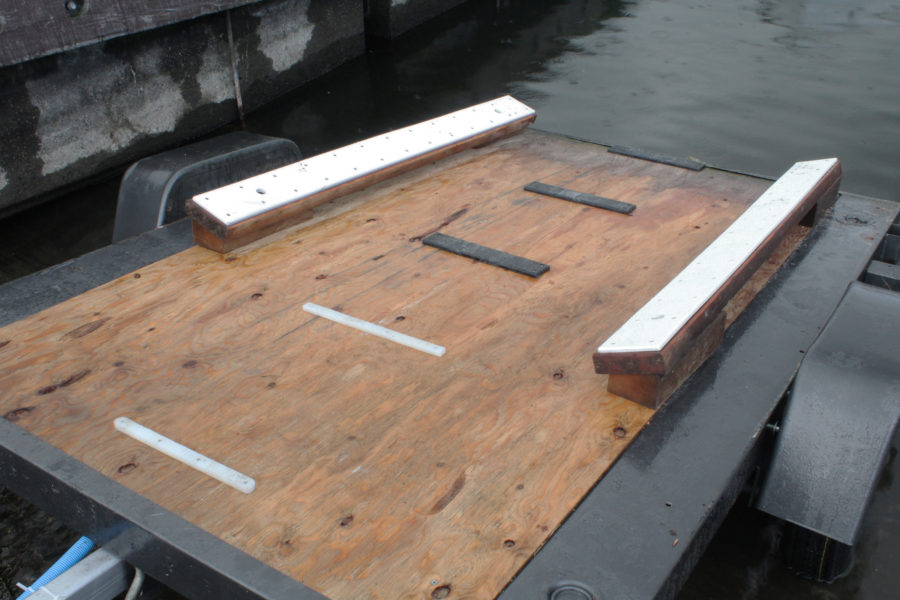
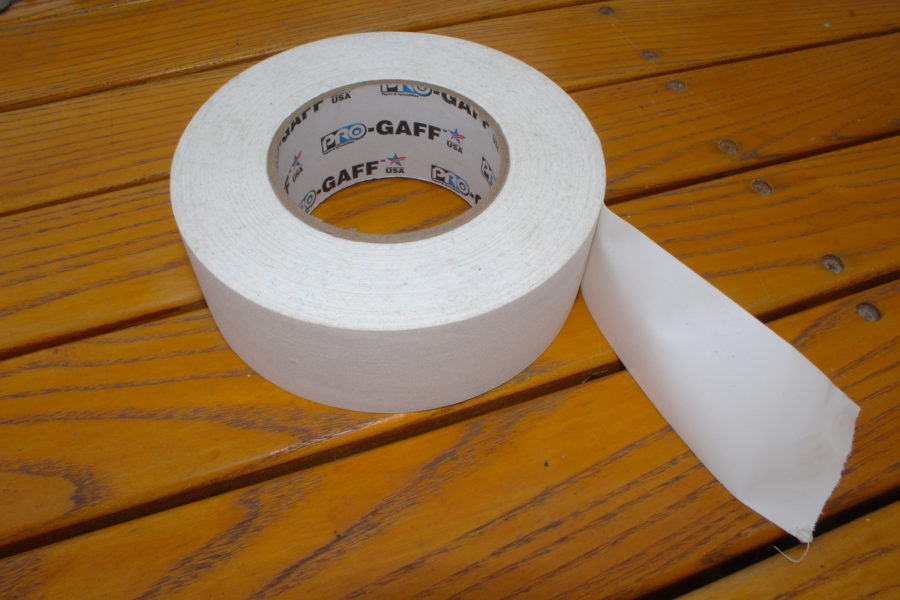
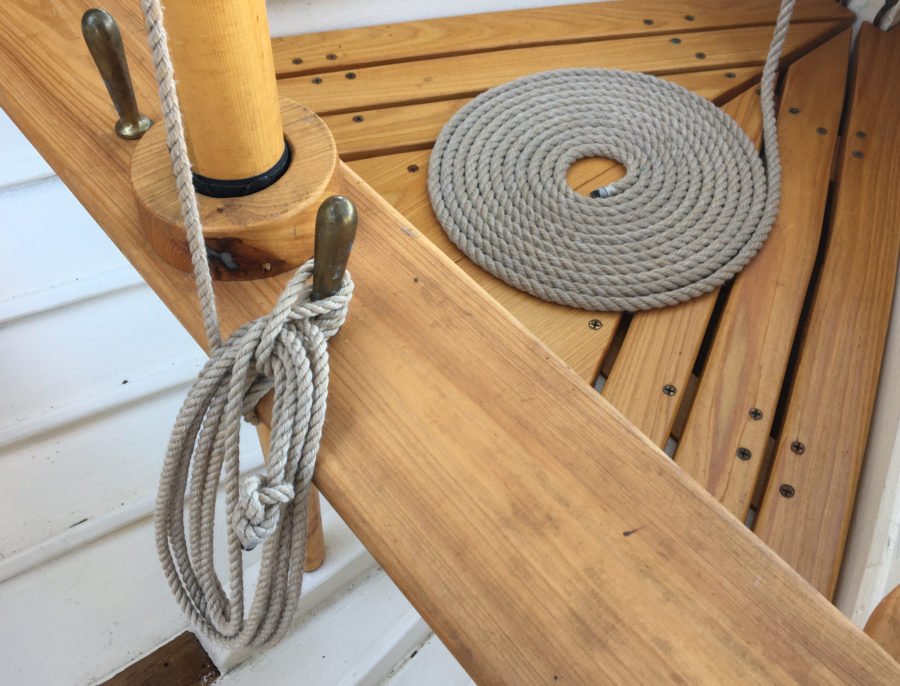
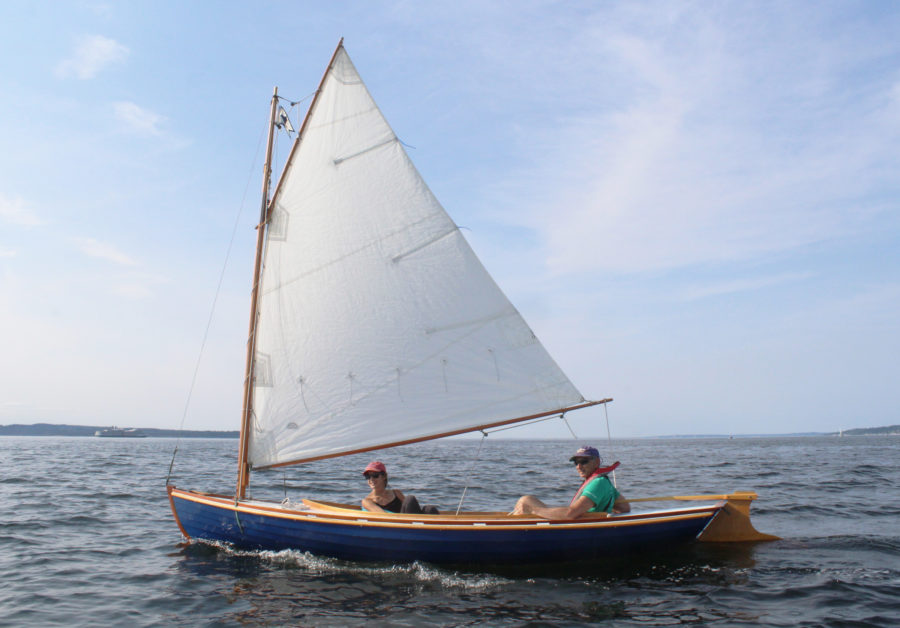
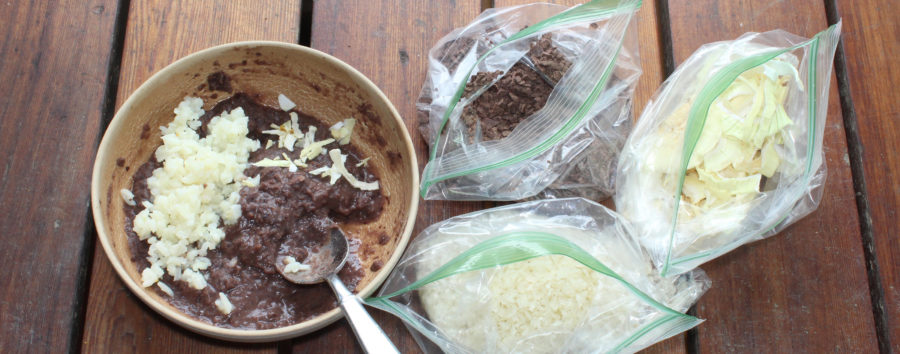
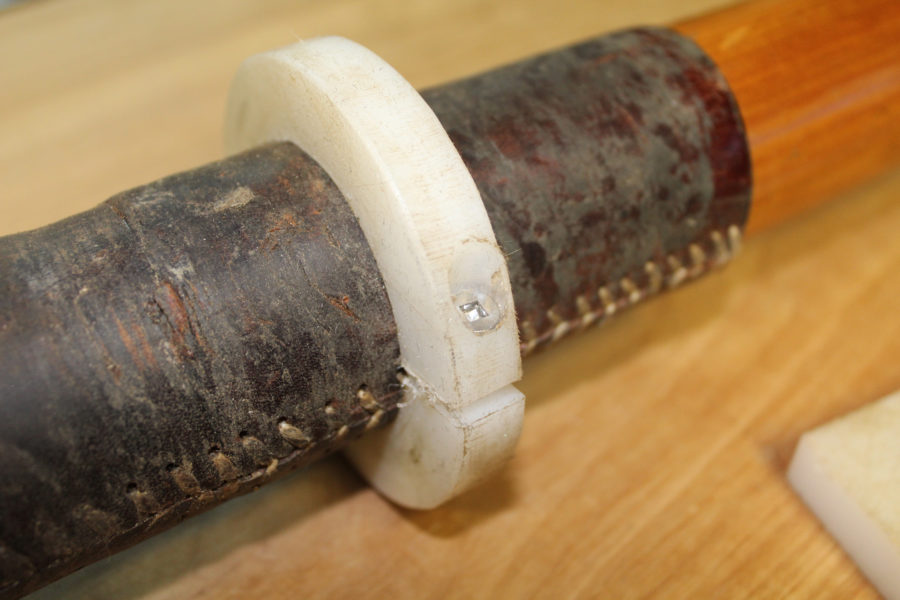
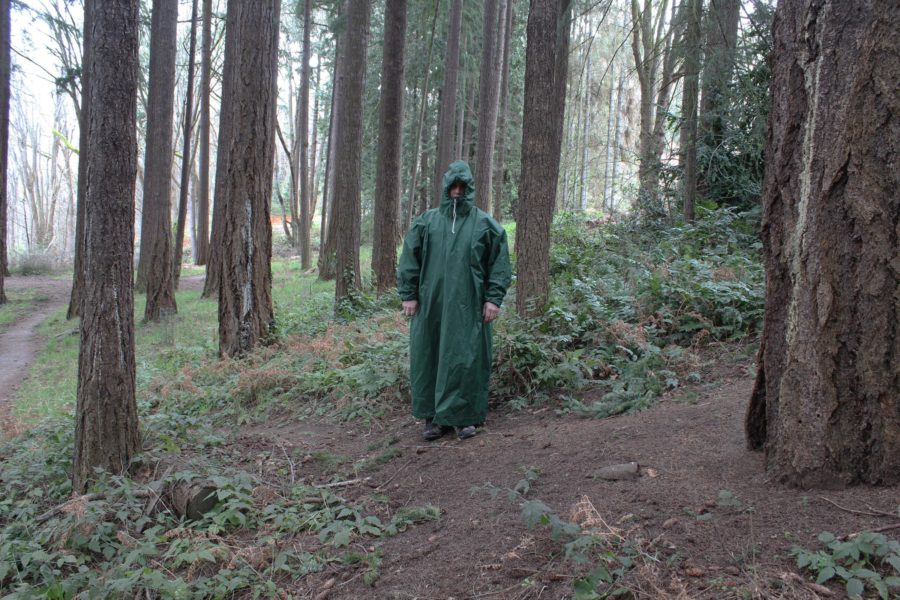
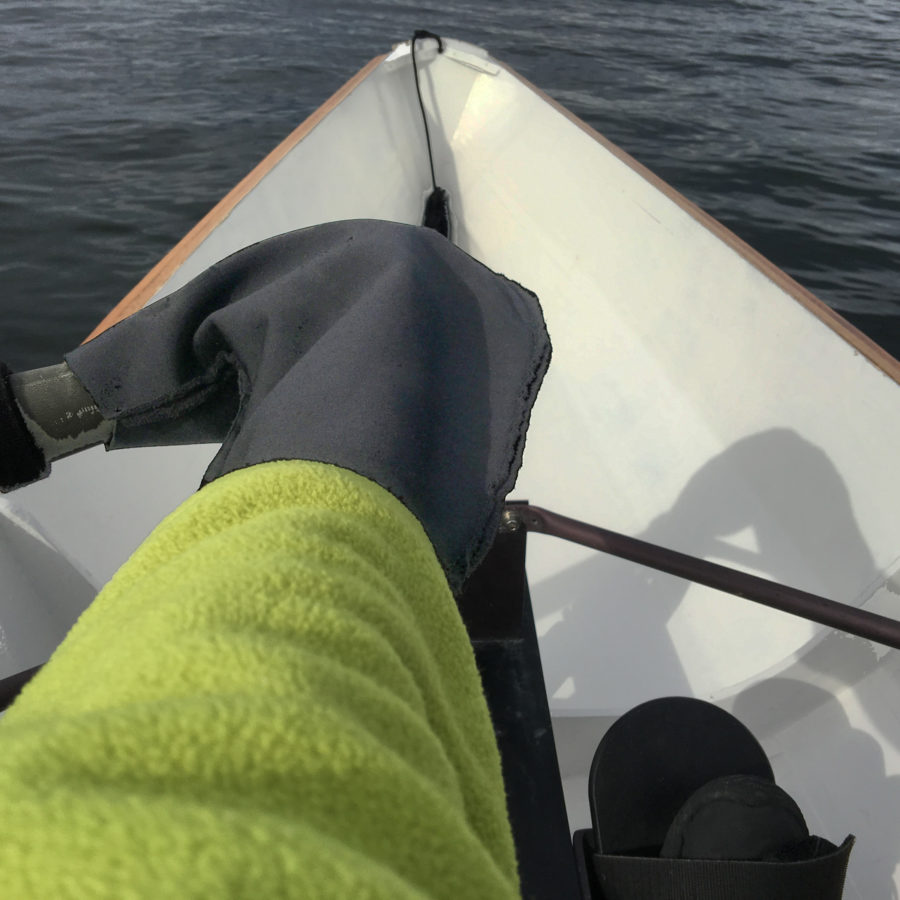
Great article, Chris.This past summer, I had to remove the bunks on the used trailer that came with my 16’ Lund. The carpeting had held moisture over the years and the boards had begun to rot in places. I replaced the bunks with new pressure-treated wood and used HDPE instead of carpeting. I can echo everything that you mentioned plus would add that there was no longer any hidden rot for me to worry about. HDPE is the way to go.
Sounds like a great idea. Any idea how the surface of the HDPE holds up over time?
I have metal guards on the bottoms of the two boats I’ve dragged over the HDPE on the trailer deck. There is some scuffing, but I don’t see that the plastic is being worn away. A search on the web turned up indications that HDPE is broken down by UV light, but I suspect that process take a direct exposure to sunlight over a long period of time. I have a decades old Nalgene bottle that’s made of HDPE and it’s still in good shape. If you have a boat on the trailer and the boat is covered, the HDPE will have little UV exposure and should have a long life.
I was struggling with the same dragging problem and upon reading your piece on HDPE I contacted the supplier and am waiting on my order. Thanks for the tip, Chris.
Art Hoban
I have been building and modifying trailers for small boats for 35 plus years. Flat-bottom boats don’t work on the standard commercial boat trailer.
For plastic strips try ultra high molecular weight polyethylene, UHMWPE. It is also available in strip and solid form. It is used for the bearings supporting the masts and periscopes on submarines. Many people use it to make woodworking jigs. It may be better for trailers and has a weird soft but tough property that will protect a hull from impact.
I have used the cheap PVC trim boards that are sold for plastic houses at Home Depot. Super cheap, light and easy to rout and cut.
A single roller at the back of the trailer helps with the loading and usually ends up with just the skeg on it.
whatever helps us get the boats to and from the water
Carpet on bunks left out in the weather can stay damp and eventually cause pinhole corrosion in aluminum hulls and soften or bubble some paints. Plastic runners on bunks dry out better, another advantage.
Great info! My small cedar-strip lobster-style boat has a flat bottom, so I have carpeted bunks on my trailer. However I also found it a bit hard to get the boat on and off. Last fall I added strips of my grandkids’ no-longer-used super slider to the bunks. I figured if it slides over the snow so easily, the boat should slide over it easily too. It did! Pulling the boat (about 1800 pounds loaded) up was a breeze. I don’t know how long these thin sheets will last, but hey, they were free! Since my experiment worked so well, I will probably follow your article’s advice and eventually upgrade to the HDPE strips when the super slider wears out.
This is a fantastic idea and will be going this route on an upcoming trailer rebuild/modification for a flat-bottomed Pacific Power Dory. Thank you for putting it up!
Chris,
I am looking for a trailer to carry our 17′ Mackinaw-style row boat. It is to hard to load the Trail-Ex without getting into the water. I am looking at a Karavan or Shorelander basic bunk style trailer. I would cover with plywood like your trailer is. What make is your trailer?
The trailer in the article is one of two drift-boat trailers that I found on Craigslist (Seattle). Here on the West Coast, lots of river anglers use the dory-style drift boats and their flat bottoms work well on a plywood-decked trailer. Both trailers have hinged tongues, so the beds can tilt for launch and retrieval, but I’ve never needed that feature. The trailers seem to be manufactured by a lot of small shops. Neither of the trailers I have come from a shop listed on the web.